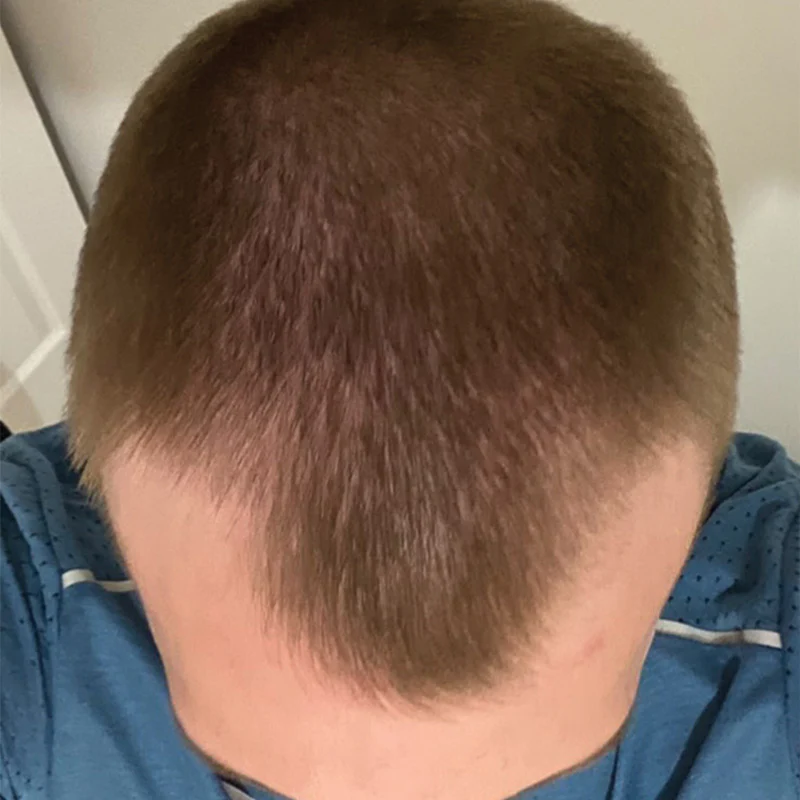The Artistry Behind SMP: Why It’s Far More Than a Simple Hair Tattoo

Hair restoration has evolved dramatically beyond traditional surgical methods and pharmaceutical treatments. For countless men experiencing hair thinning or complete baldness, scalp micropigmentation (SMP) has emerged as an innovative solution. Frequently dismissed as merely a “hair tattoo,” SMP represents a sophisticated, artistic approach that creates convincing illusions of hair density whilst restoring self-confidence.
Understanding Scalp Micropigmentation
Scalp micropigmentation involves the meticulous application of specialised pigments to the scalp using advanced equipment and refined techniques. This process mimics the appearance of natural hair follicles, creating the impression of a fuller head of closely cropped hair. Unlike traditional tattooing methods, SMP employs medical-grade pigments and precisely controlled application depths to ensure realistic, enduring results.
The procedure requires exceptional skill and understanding of hair growth patterns, scalp anatomy, and pigment behaviour. Practitioners must consider factors such as skin type, existing hair colour, and natural hairline characteristics to achieve optimal outcomes.
The Technical Precision Behind the Process
What distinguishes SMP from conventional tattooing is the extraordinary artistry involved. Each treatment undergoes complete customisation to complement the client’s natural hairline, skin tone, and individual follicle patterns. Specialists employ a layered methodology, systematically building density and texture to achieve results that integrate seamlessly with any existing …


